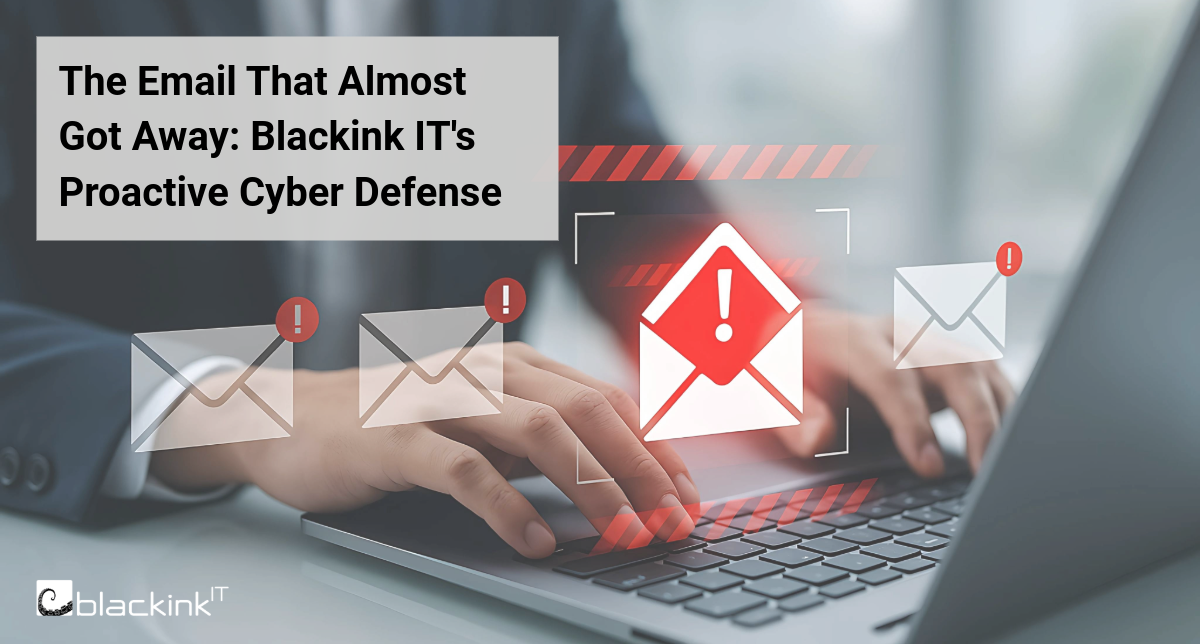Strategies to Protect Your Organization from the Dark Web
The dark web is commonly brought up in discussions of cybersecurity and internet privacy, so most are somewhat familiar with the term. However, most people don’t understand the dark web or how it poses a threat to them and their business. This makes the dark web a significant threat to businesses and individuals, so in this article, we'll provide tips and strategies for protecting your business from dark web hackers.
Understanding the Dark Web
To protect your business, it’s important to understand what the dark web is and how criminals use it. Essentially, the dark web is a sub-section of the deep web that is not accessible by standard browsers. The deep web is not necessarily malicious, and includes any content that is not indexed by search engines – a common example being gated content, like an eBook that requires you to provide your contact information before gaining access. The deep web is still accessible by standard browsers, but won’t show up in search engine results. The dark web is a deeper layer of encrypted websites that are only accessible by a specific browser, Tor. Although the dark web is also not necessarily malicious, its encrypted nature allows cyber-criminals to anonymously communicate, exchange information, and conduct illegal activities, including the sale of stolen data. On the dark web, tools and services that assist criminals in carrying out cyber-attacks are also bought and sold. By understanding the dark web, you can better understand the risks and take appropriate measures to protect your business.
Implementing Strong Cybersecurity Measures
Implementing strong cybersecurity measures is essential to protect your business from dark web hackers. Make sure that your company has a robust cybersecurity strategy in place, including firewalls, endpoint detection and response tools, and data encryption. Regularly updating your software and utilizing multi-factor authentication also significantly help reduce the risk of unauthorized access. There are various other controls your organization can implement to improve its security posture, such as utilizing a password management tool, turning on email and web filters, and more. One of the most important steps you can take to ensure your organization is prepared is to develop an incident response plan (IRP). Incident response plans will ensure that, in the event of a cyber-attack, your organization is prepared to response quickly and minimize the impacts of the attack.
Training Your Employees
One of the most common ways that hackers gain access to businesses is through their employees – according to IBM, human error is a factor in 95% of cybersecurity incidents. Implementing a cybersecurity awareness tool, such as KnowBe4, will assist in training your employees to recognize and avoid phishing scams, suspicious emails, and other common tactics used by hackers. Regular security awareness training, as well as promoting a security culture in which employees feel empowered to report suspicious activity, does a great deal to decrease the risk of security breaches.
Monitoring Your Networks
Many times, cyber-criminals will remain hidden within a company’s network for months before attacking. They use this time to gather information and plan their attack. This is why regularly monitoring your networks and systems is essential; by actively monitoring your systems, you may be able detect any suspicious activity from these dormant threat actors and prevent data breaches altogether. Endpoint detection and response (EDR) tools, as well as security information and event management (SIEM) tools can help monitor your networks for any unusual activity. You can then set up alerts for any suspicious activity, and respond promptly to potential security incidents.
Staying Up-to-Date on Cybersecurity Threats
Cybersecurity threats are constantly evolving, so it's important to stay up-to-date on the latest threats and vulnerabilities. Just as new tools are being developed every day to help defend against cyber-attacks, new methods are also being created by cyber-criminals every day, so joining online security forums and subscribing to cybersecurity blogs and newsletters can help you to stay informed about the latest trends and best practices recommended by the experts.
Ready to Improve Your Security Posture?
Protecting your business from dark web hackers requires a combination of technology, training, and awareness. By understanding the dark web, implementing strong cybersecurity measures, training your employees, monitoring your networks, and staying up-to-date on cybersecurity threats, you can reduce the risk of a cyber-attack and protect your business from potential harm.
It’s also important to remember that cybersecurity is not a one-time event, but an ongoing process. Regularly reviewing and updating your cybersecurity strategy will ensure that you are always on top of the latest trends in security. Interested in learning about how a cybersecurity provider can help improve your security posture while allowing you to focus on the core of your business? Contact the security experts at Blackink IT today – we’re excited to learn about your organization!



.png)


